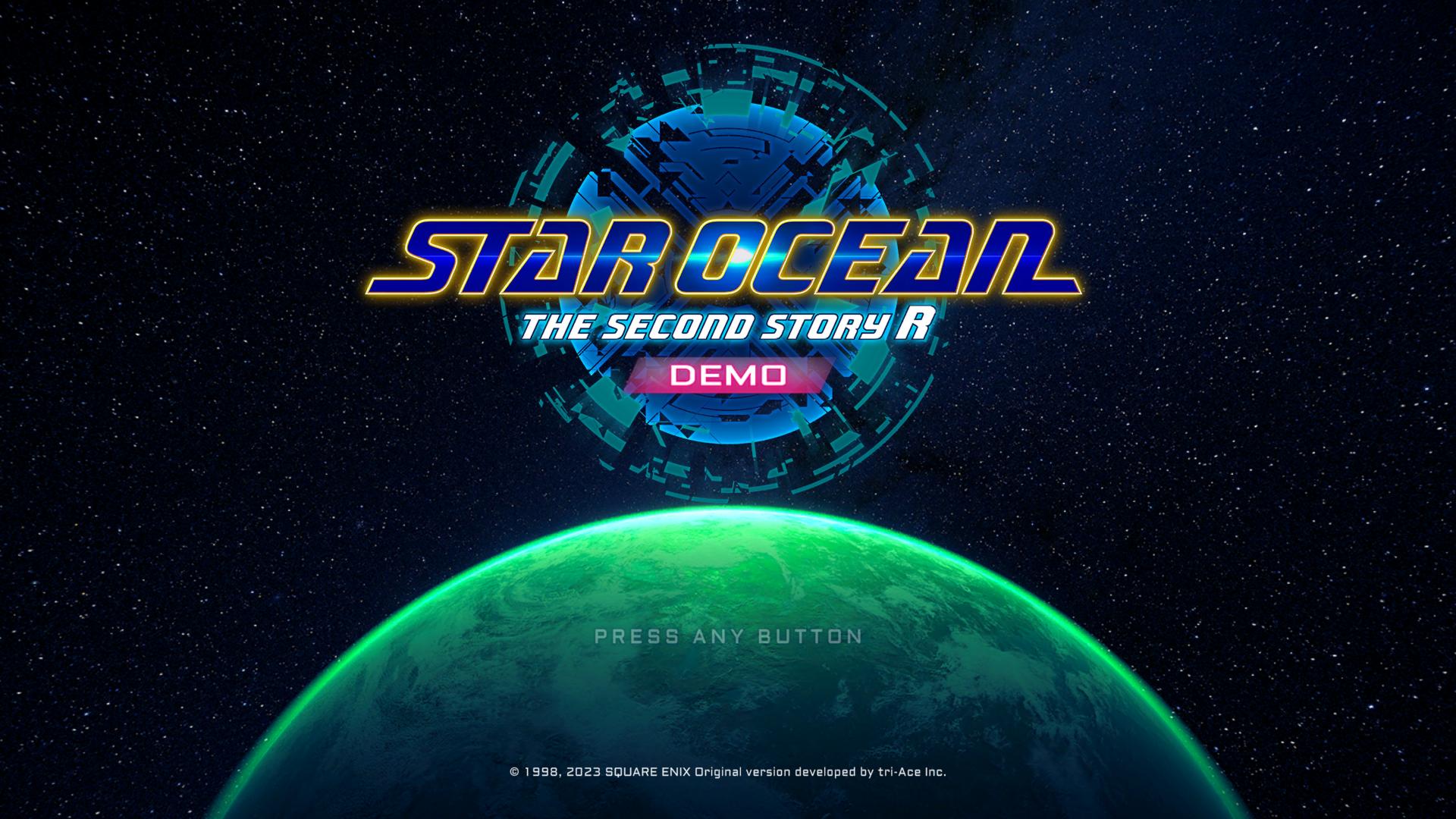
Star Ocean: The Divine Force brought the Star Ocean games back to form after two questionable sequels. Before The Divine Force, Square Enix reminded us where the franchise started with a port of the PSP remake of the first entry: Star Ocean: First Departure R.
It was a pretty good remake, and it made sense to port it to current platforms. However, anyone who played the fan translations of the original Star Ocean would know that First Departure R was a drastically different experience than its Super Famicom original. It had more in common with the gameplay of The Second Story and emulated the graphical style too.
Now, with The Second Story being remade, fans may wonder to what extent the remake will be like. As someone who has grown up with the franchise and owns the original PlayStation copy, I was excited and curious to preview the demo of Star Ocean: The Second Story R on Nintendo Switch and PlayStation 5.

The demo lasts three hours, and grinding halts at level 12. It should be noted that The Second Story does have a slow-paced beginning and can drag for about an hour before the plot sets players loose to get immersed in its complex systems.
The story, pacing, and writing are the same as they have always been. All the English voice acting used in the PSP conversion has been recycled, which is a smart choice since it was a solid effort and a dramatic improvement over the unintentionally hilarious acting in the PlayStation version.
In the allotted time afforded in the preview, Rena and Claude’s scenarios can’t amount to much. The atmosphere is very faithful to the original, and the slow-paced beginning does have merit because it has to establish a lot of critical information regarding the cast.
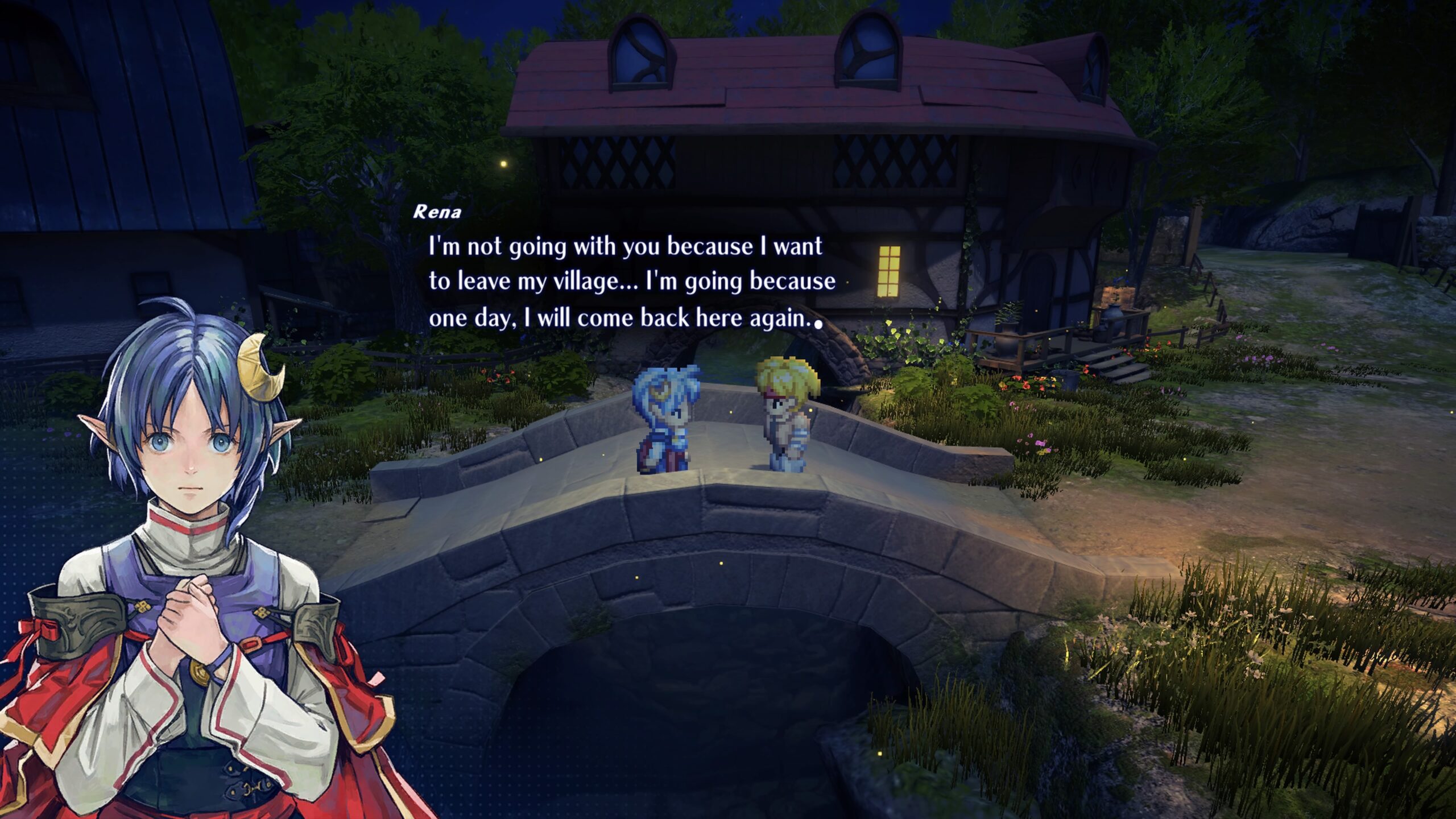
The set-up revolves around Claude Kenny, who is part of a Starfleet crew, and he gets isekai’d to the planet Expel. The civilization of Expel is roughly the equivalent of a medieval fantasy setting, and Claude gets mistaken for a prophetic hero who wields a weapon made of light, when, in reality, all he did was use his phaser.
Having realized he just violated the Prime Directive and that he may be stuck in Expel for a long time, he finds a lead that may clue him in on how he might be able to leave. Rena goes along with him, believing he may help her find answers to her own past, and depending on who the player chooses as the protagonist, it will determine a few exclusive events and unique party members.
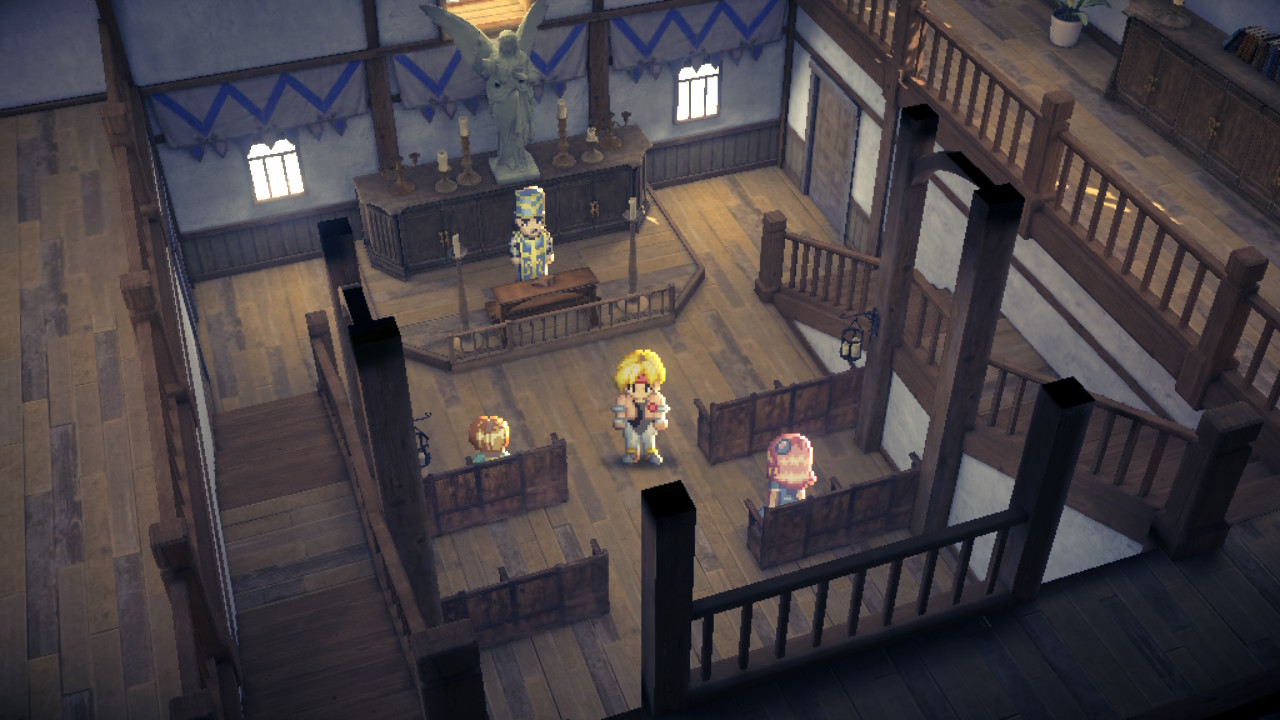
The gameplay is also largely the same as it has ever been, but there are noticeable enhancements and tweaks to improve the experience. Random encounters are gone and are replaced with abstract purple clouds with cartoony angry faces to represent wandering threats.
This change is welcomed because the maps in The Second Story could be very large and confusing, which can be more disorienting when interrupted by a random battle. Not stressing over interruptions has improved the flow of the experience and being able to fast travel out of dungeons or towns cuts out a lot of time wasted from travel.
Battles unfold in a semi-real-time action RPG where players can control individual party members or give them AI-controlled commands. Rena is a mix of martial arts melee and heavy magic user, while Claude is pure offensive sword melee. Special attacks and magic can be mapped to the shoulder buttons and dodging/parrying is a free action.
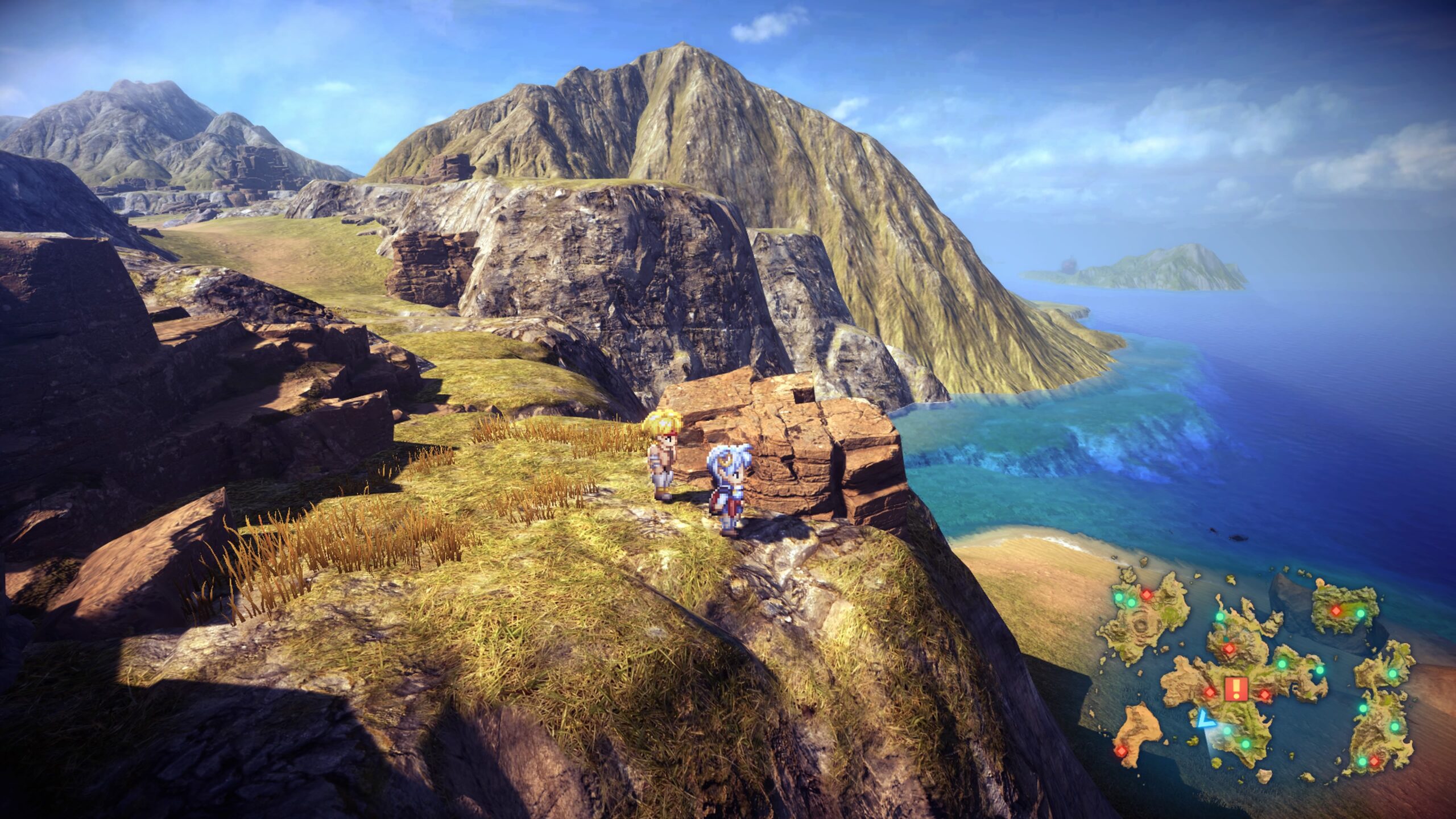
Building up the combo meter is a new feature that grants bonuses as players perform better and carry over to subsequent fights. This makes fodder enemies less of a hassle and makes new threats more intimidating because nobody wants to lose all those buffs from a tough foe who will become tougher should the chain break.
The parrying and shield break systems are more refined than they have ever been. Enemies now telegraph a readable tell, which makes parrying a more viable option. This is especially important when playing as Rena since she can’t tank hits like Claude.
By far the most notable improvement is the visuals. The perspective still relies on fixed camera placement, but now the camera moves through lavishly rendered 3D environments that are faithful recreations of the picturesque prerendered backgrounds.
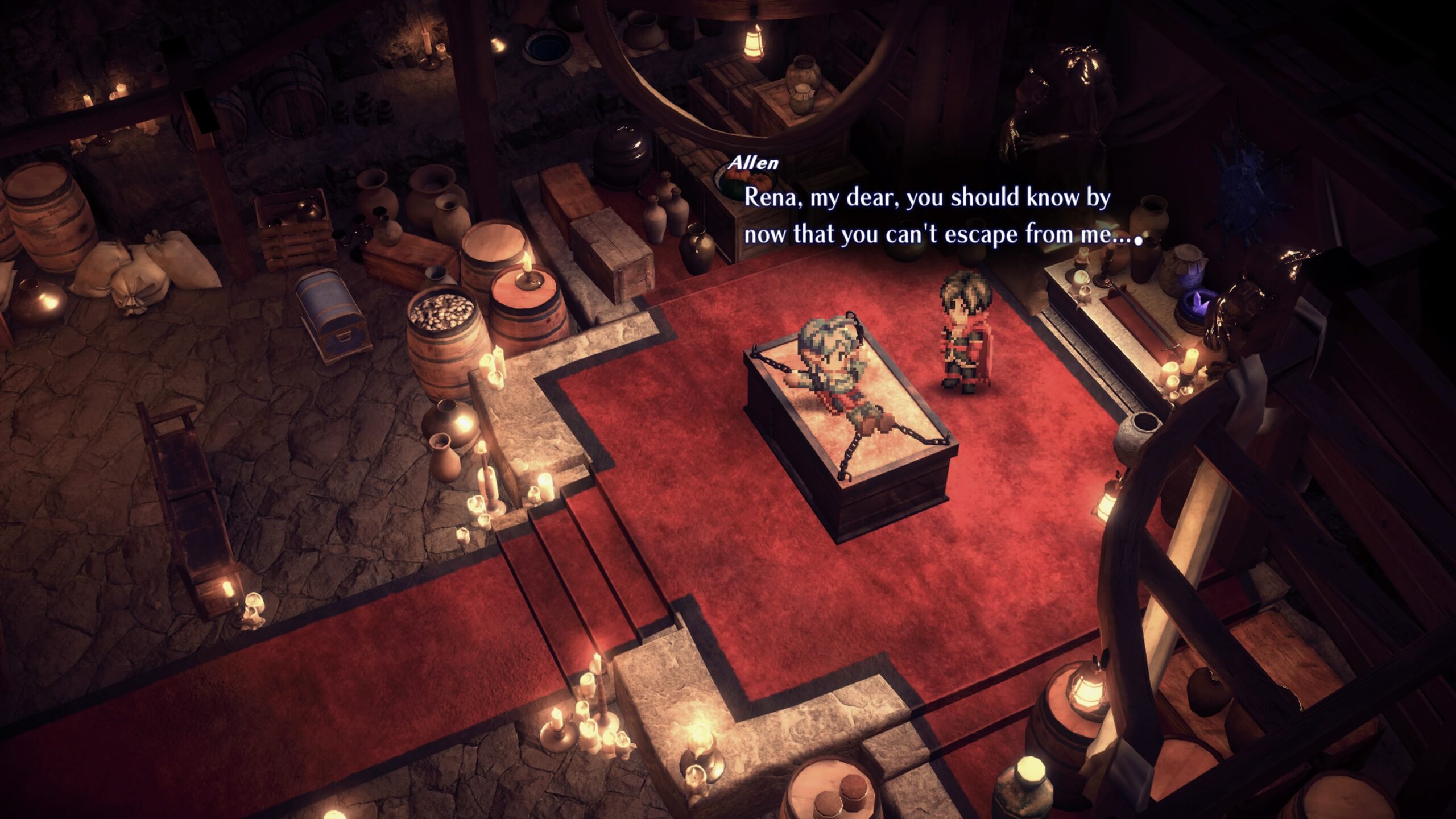
The character sprites and animation are also lifted from the original game. They still look pretty good, but more detailed iterations with more expression as seen in the Live A Live remake would have been preferred. Rim lighting has been applied and the sprites also cast shadows that further ground them to the world. On Switch, the lighting quality is noticeably low rez, but the PlayStation 5 renders them very sharply with no noise.
Other console differences show the Switch version does run 30 frames per second and you really feel it in the battles. The PlayStation 5 version runs 60 fps and it stays there no matter how much post-processing effects are used.
Star Ocean: The Second Story R holds great promise as one of Square Enix’s standout remakes. The attention to detail, improved gameplay mechanics, and fidelity to the original story make it a compelling video game remake. However, whether it will ultimately achieve the status of a gold standard in the genre remains to be seen.
As fans eagerly anticipate its release in November, they hold their breath in anticipation, hoping that the game will not only live up to their nostalgic expectations but also set a new benchmark for what a remake can achieve in terms of both innovation and reverence for its source material. Only time will tell if it fulfills this ambitious potential.